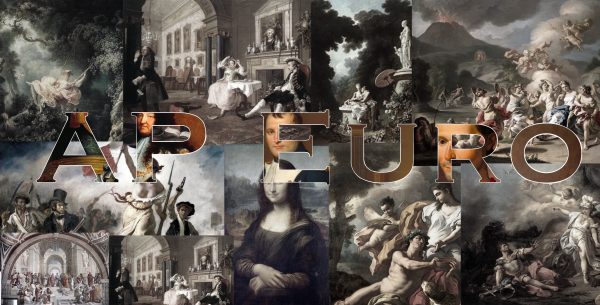Implementing Critical Race Theory Essential for Campus Equity
Implementing critical race theory is essential for unity and equity both on and off campus.
The topic of implementing critical race theory (CRT) in schools has been a source of controversy since the theory’s creation in the 1970s and 80s. As of August 2021, 27 state legislatures and 165 national and local organizations have made efforts to restrict or ban the implementation of critical race theory. During Trump’s presidency, the idea of critical race theory became a political flashpoint.
But what exactly is it?
Originating from the writing of lawyer and civil rights advocate Derrick Bell and furthered through the work of black scholars, lawyers, and activists such as Kimberlé Crenshaw and Cheryl Harris, critical race theory is an academic and legal framework that focuses on one central idea: that systemic racism has, and continues to be, part of American society and the systems that govern it. It recognizes that racism is more than just internal (and external) biases held by individuals: instead, it is embedded in our laws, our policies, and our institutions, which all work to uphold such racial inequalities.
For example, after the abolition of slave codes in the wake of the 13th amendment, state governments erected “black codes,” made with the specific intent of limiting the freedoms of African Americans. After those were torn down, they were soon replaced by Jim Crow laws, and segregation, which continued into the modern era. The Emmett Till Antilynching bill, named after 14-year old Emmett Till who was lynched in Mississippi in the 1950s, has been blocked multiple times by the Senate. To this day, no antilynching bill has been passed by both the House and the Senate.
Racism both in and from the system is very clearly not a relic of the past.
Critical race theorists hold that racism, as such an integral part of American systems of government and policy, is not simply a deviation from social norms that can be easily corrected by law. The foundations that have historically allowed racist policy to pass must be altered. This includes our education systems.
Students and faculty alike have worked hard to combat racism and facilitate equity on campus. But building a more equitable campus through education requires a careful examination of how America’s shameful history of chattel slavery, segregation, and other forms of targetted bigotry were instrumental in the creation of the policies and institutions we see today.
That is what critical race theory can provide.
As a discipline that analyzes and examines the intersection of race and law, critical race theory places a major emphasis on the context of policy and legislation. It is not enough to teach students about history, both good and bad, in its original context. There needs to be discussion about lasting aftereffects.
Education is important, and for it to serve its fullest capacity, we mustn’t cherry pick our history.
Campo has already made strides through the Leadership Equity Council (LEC), acknowledging key tenets of critical race theory: namely that race is a social construct and that there is inherent privilege in whiteness (which doesn’t mean you can’t struggle if you’re white- it just means that your struggles were not added to specifically because of your race). With its full academic potential, critical race theory will offer students and staff at Campolindo alike the opportunity to delve deeper into reworking campus culture, to introduce equity at the foundational level.
Of course, that doesn’t mean Campo should be expected to implement college-level courses on the topic (though, supposedly that is what we have AP classes for). There should be appropriately-leveled courses based upon the principles of CRT, made for the benefit of both students of color and white students alike.
Certainly, a freshman student shouldn’t be expected to debate the validity or morality of state and federal governmental institutions. But, along with the context provided by their world history courses, they should be expected to understand the history that these systems hold. Just as the curriculum for English, mathematics, and history all get more rigorous each year, so too should these discussions.
The points brought up by the Leadership Equity Council are a starting point for this discussion, but we need to go further. To overcome our past, we must first acknowledge our faults.
Critics of critical race theory hold that CRT academia aims to divide the country, to ultimately further the partisanship that we see already infecting our government. But the truth is, we are already divided: our history has made sure of that.
The question now is how will we stop it?
“We are a society that has been structured from top to bottom by race. You don’t get beyond that by deciding not to talk about it anymore. It will always come back; it will always reassert itself over and over again.” – Kimberlé Crenshaw
Your donation will support the student journalists of Campolindo High School's The Claw. Your contribution will allow us to produce more issues and cover our annual website hosting costs.

Senior V Rogers has had a passion for literature since they were young: “My bedtime stories were Baldwin and Angela Davis.” They have taken AP language...

Senior Haelee Chung (she/her) is a new member of the art staff at the Claw. Haelee’s been painting and drawing all her life, and loves to express her...



